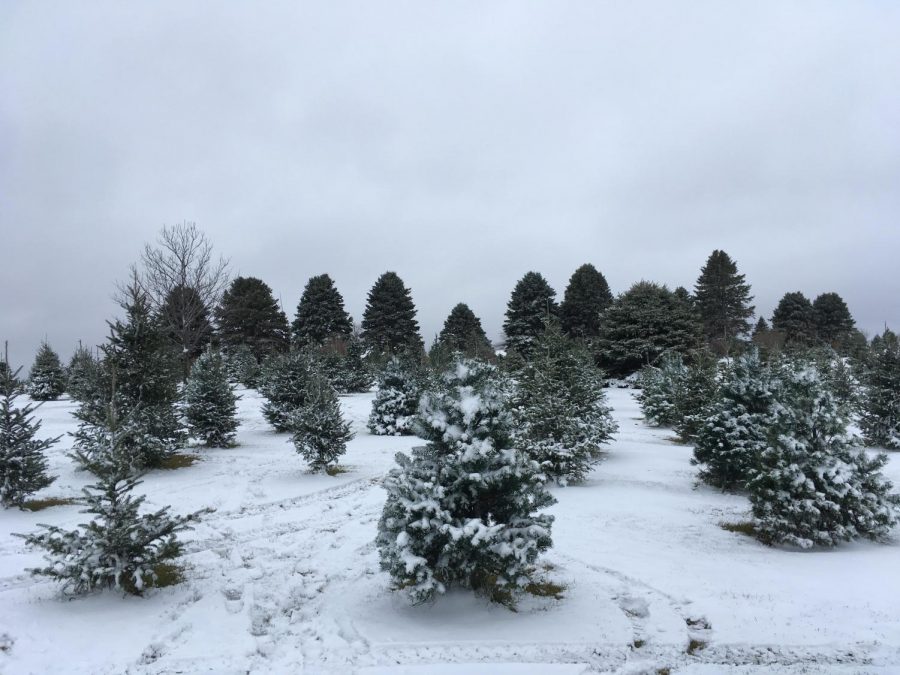OPINION: Real Christmas Trees, An Analysis
Photo by Anna Walls
Harmony Christmas Tree Farm in Stuart, Iowa.
The forces of “Good Journalism” prompt me to fill this bit of space with some kind of hook – a question, a quote, an interview, a photo, a statistic. You name it, I thought of it. I realized, though, that if you’re here, you likely don’t care in the slightest about “Good Journalism” – you’re here to read what I have to say about Christmas trees, and that’s exactly what you’ll get (so long as I make my deadline); therefore, further introduction would be redundant. I hope you’re easily entertained, because if you aren’t this probably won’t be your cup of tea. Otherwise, let’s begin!
First up: the smell. From the moment your tree crosses the threshold of your home until several weeks after its removal, you can expect everything you own to smell like pine. Clothes, furniture, pets – nothing is safe. If you like the smell as much as I do, this won’t be an issue. I’ve never met anyone who minds the smell of a Christmas tree. It’s nice, it’s fresh, and it adds some depth to the Vanilla Bean Noel candles white moms everywhere burn like votives.
Let’s talk about decorating. Unless you wear military grade (yes, Chromebook reference intended) clothes, the needles on your tree will poke you relentlessly. If you want to avoid looking like you caught the chicken pox, make like pale girls at the gym and avoid exposing any skin.
Seeing as your tree is a living being, it needs some basic accommodations. For some reason, when conversations lead to my Christmas tree, people are shocked that it needs to be watered. Seriously, if you’re going to make the switch to real Christmas trees, do it right; don’t get lazy with the watering unless you feel like cleaning up thousands of dropped needles.
My family gets our trees from Harmony Christmas Tree Farm in Stuart, and we’ve also had really great experiences at Howell Tree Farm near Winterset and Walnut Ridge Farm in Indianola. Although they’re kind of high-maintenance, I really enjoy taking care of our Christmas tree and doing so is a tradition my family cherishes. Environmentally speaking, live trees have a significantly smaller carbon footprint than artificial trees do – even when you take into consideration that most artificial trees are reused for many years. If we as a nation are to avoid the global warming-induced submergence of Florida (do Floridians even celebrate Christmas?), reducing our consumption of plastic goods is crucial, and now that you know all about real Christmas trees, you can do your part by making the switch.






